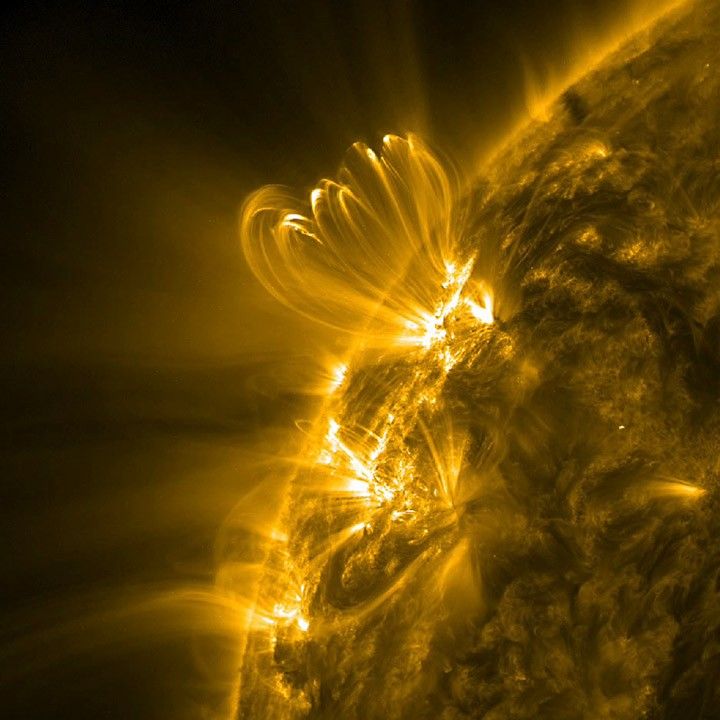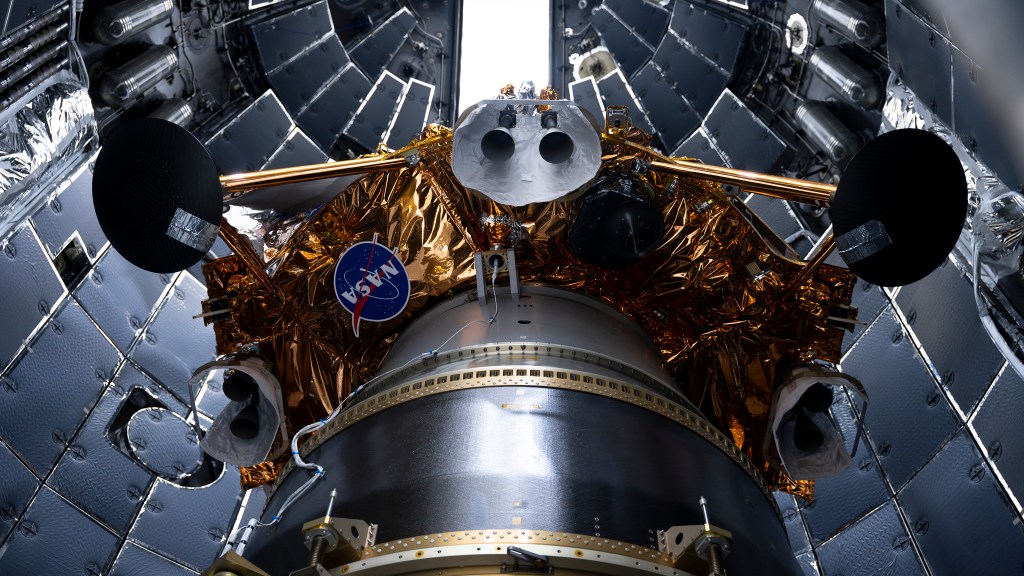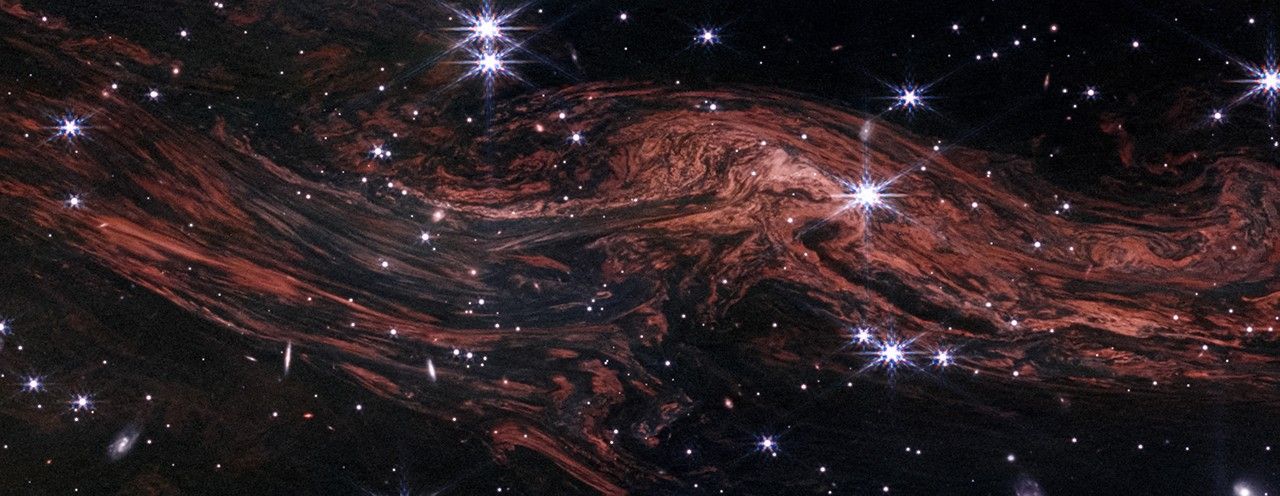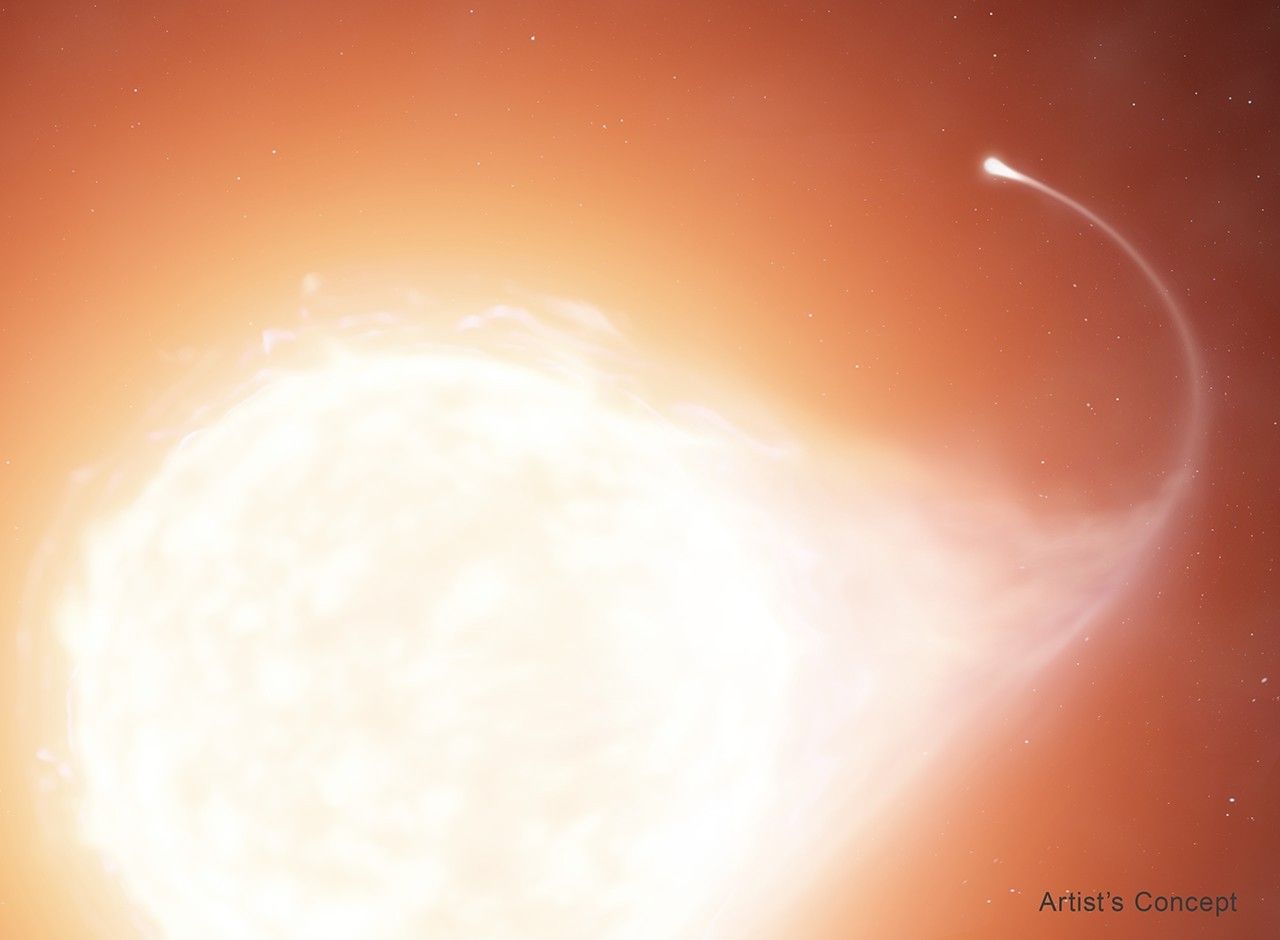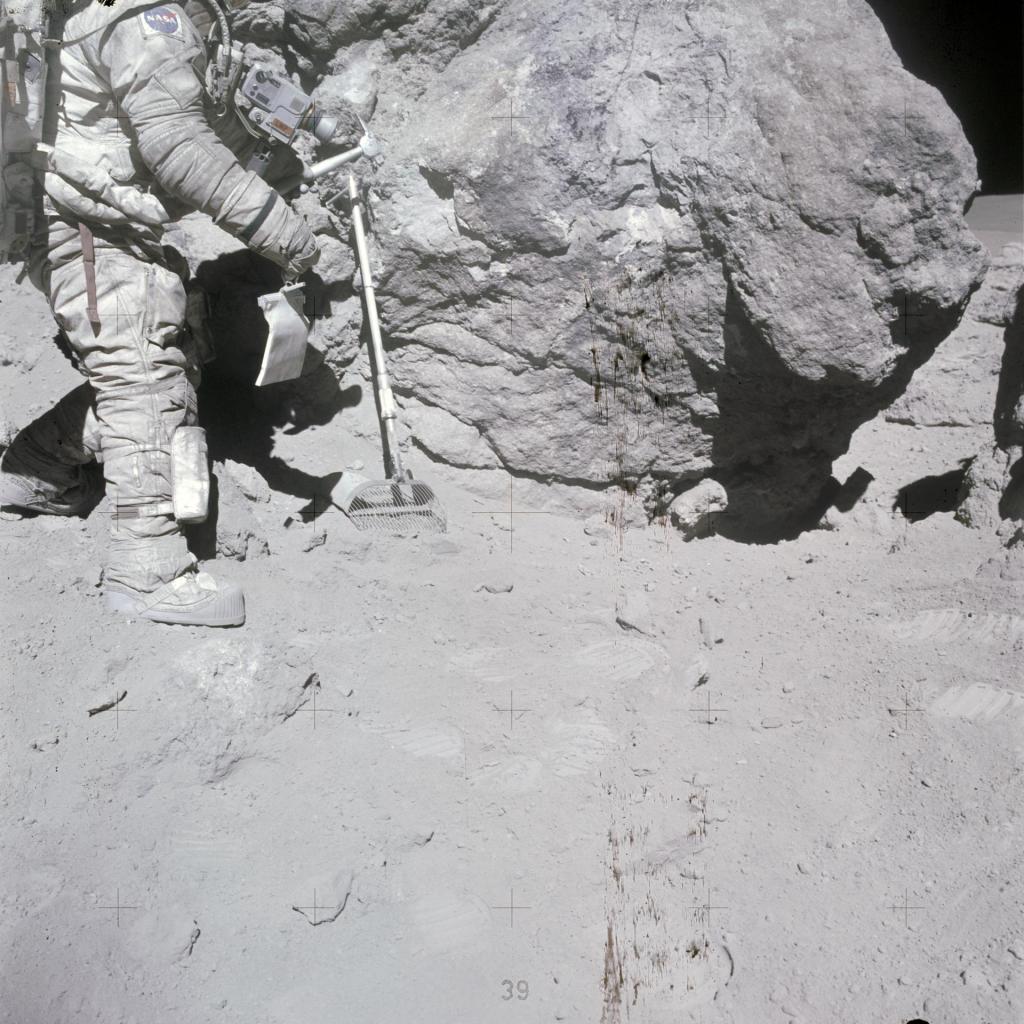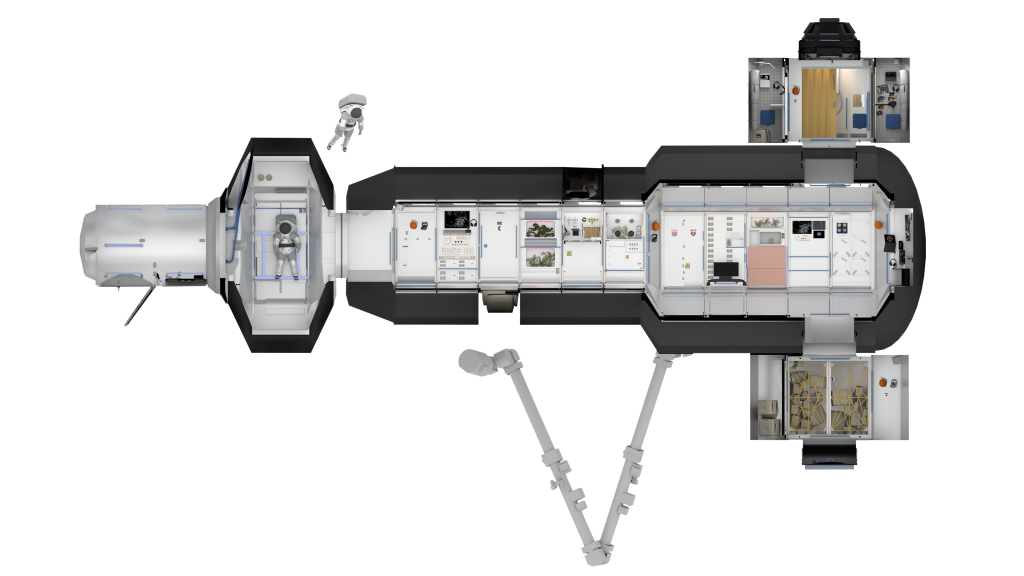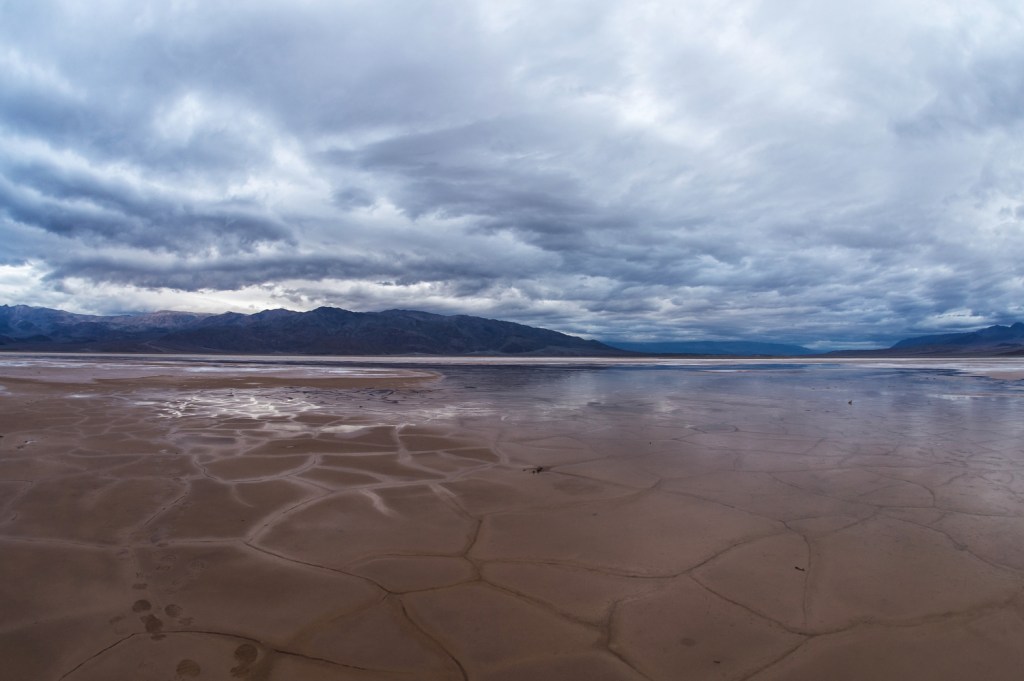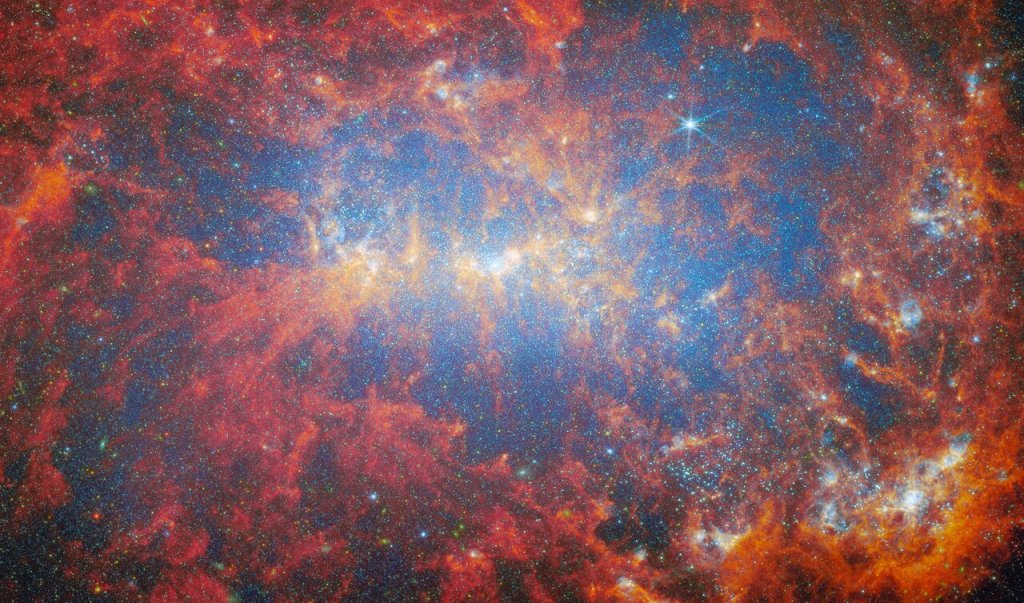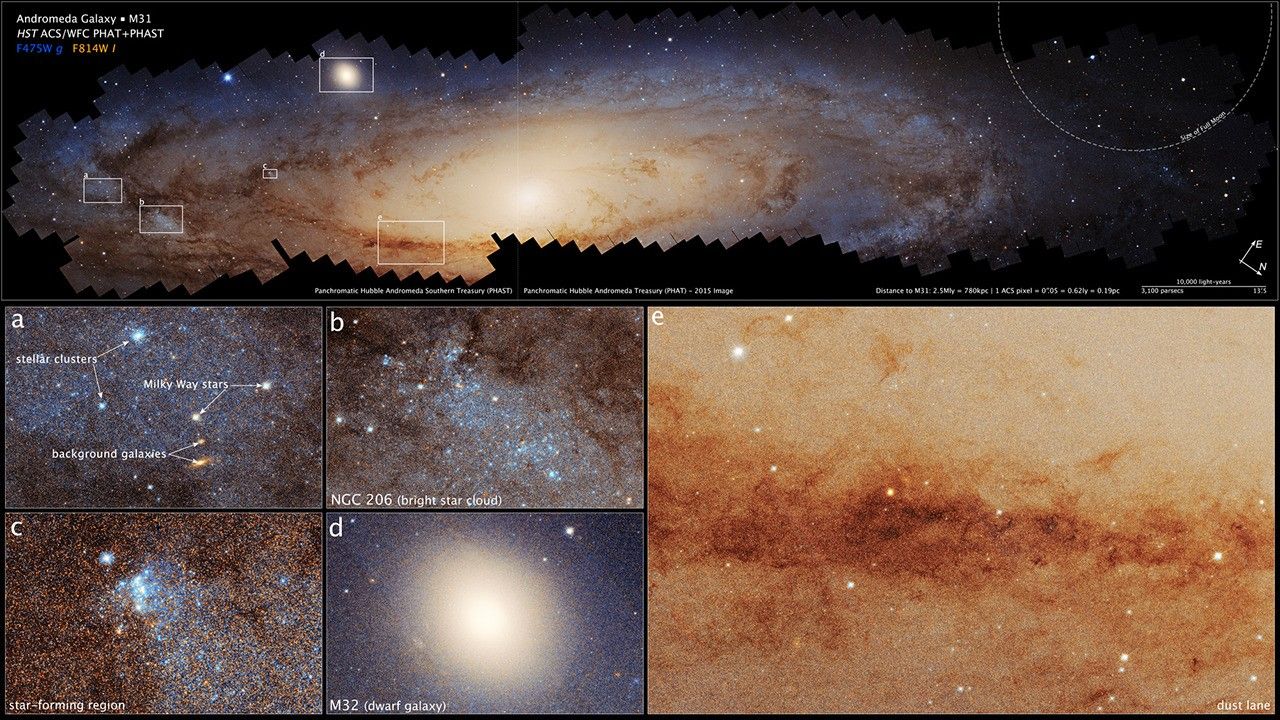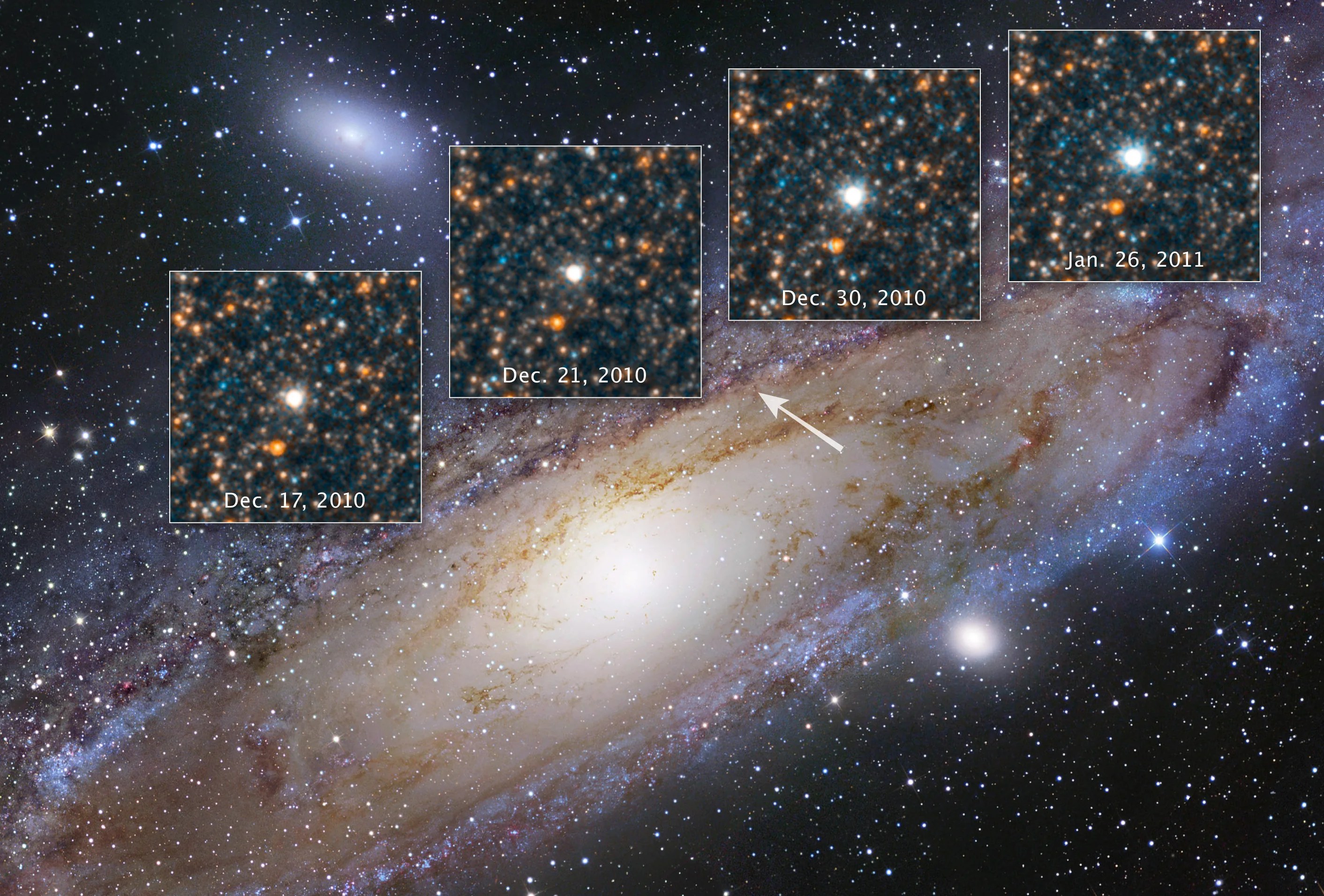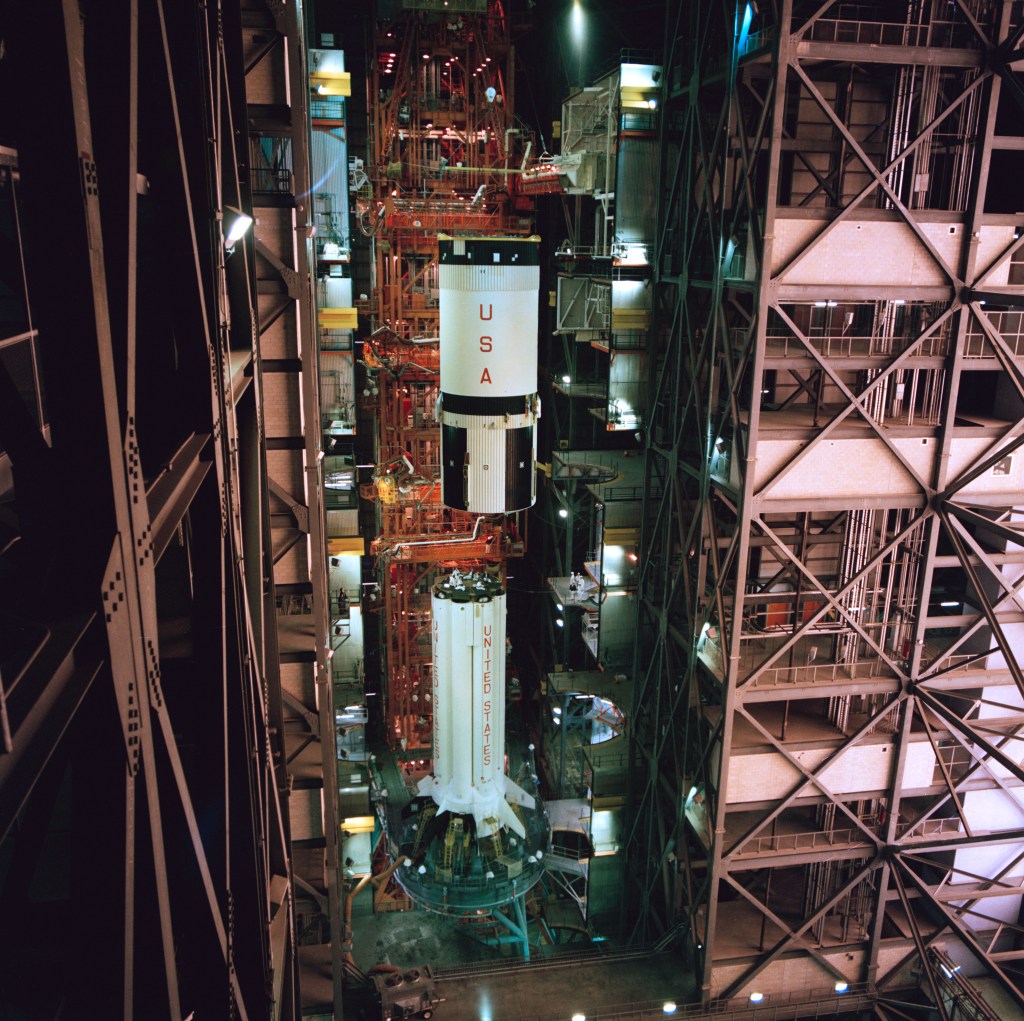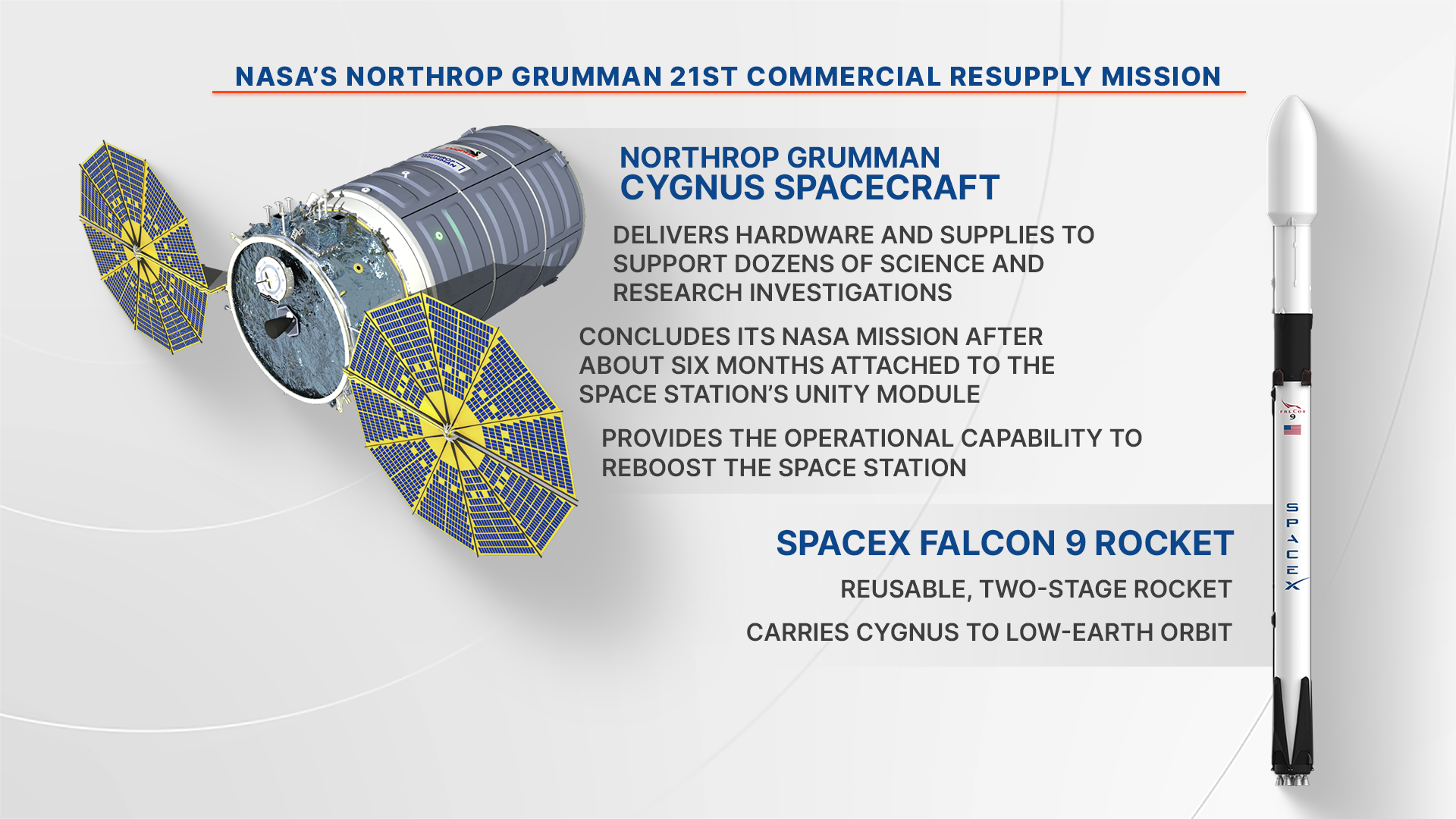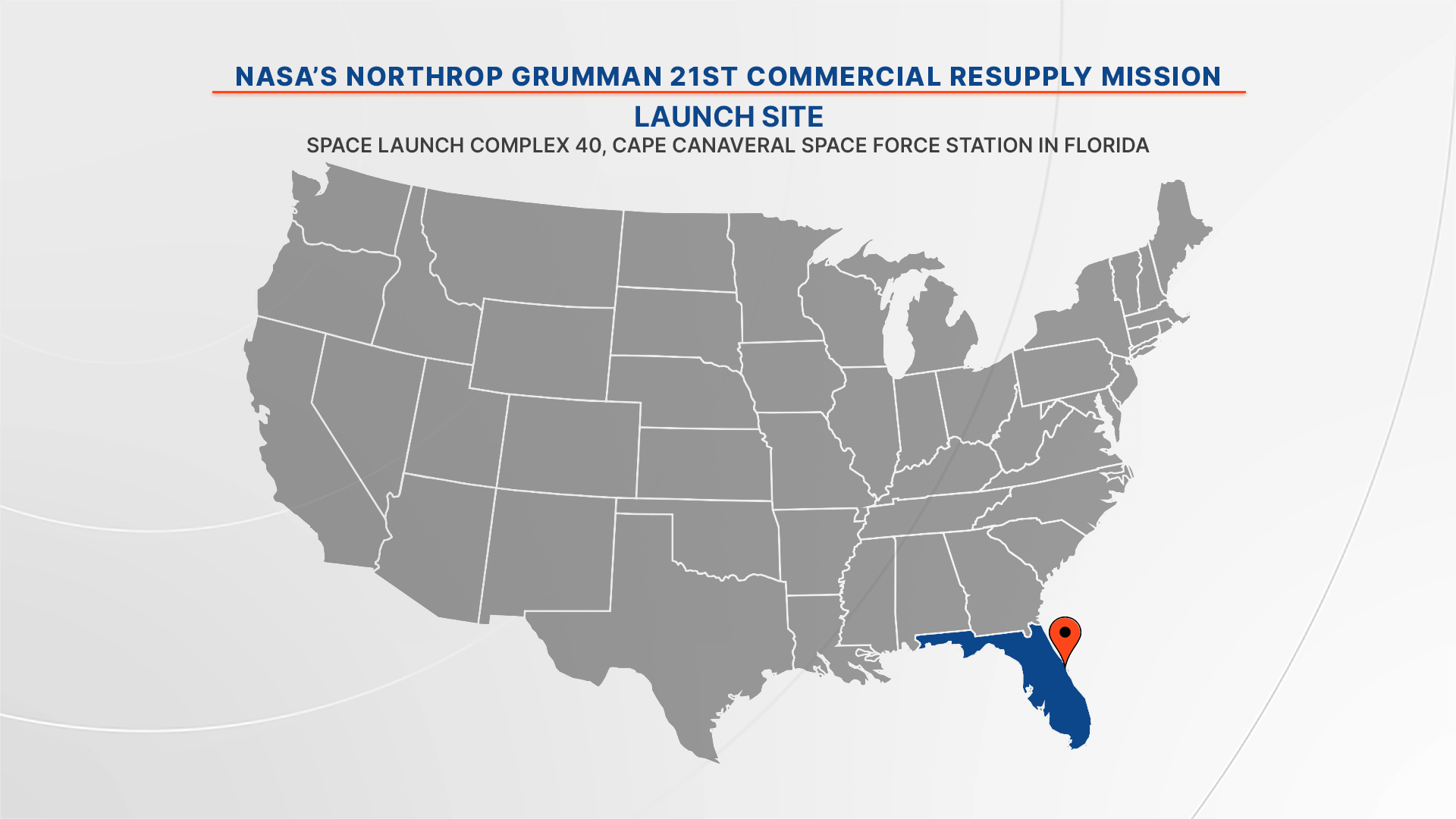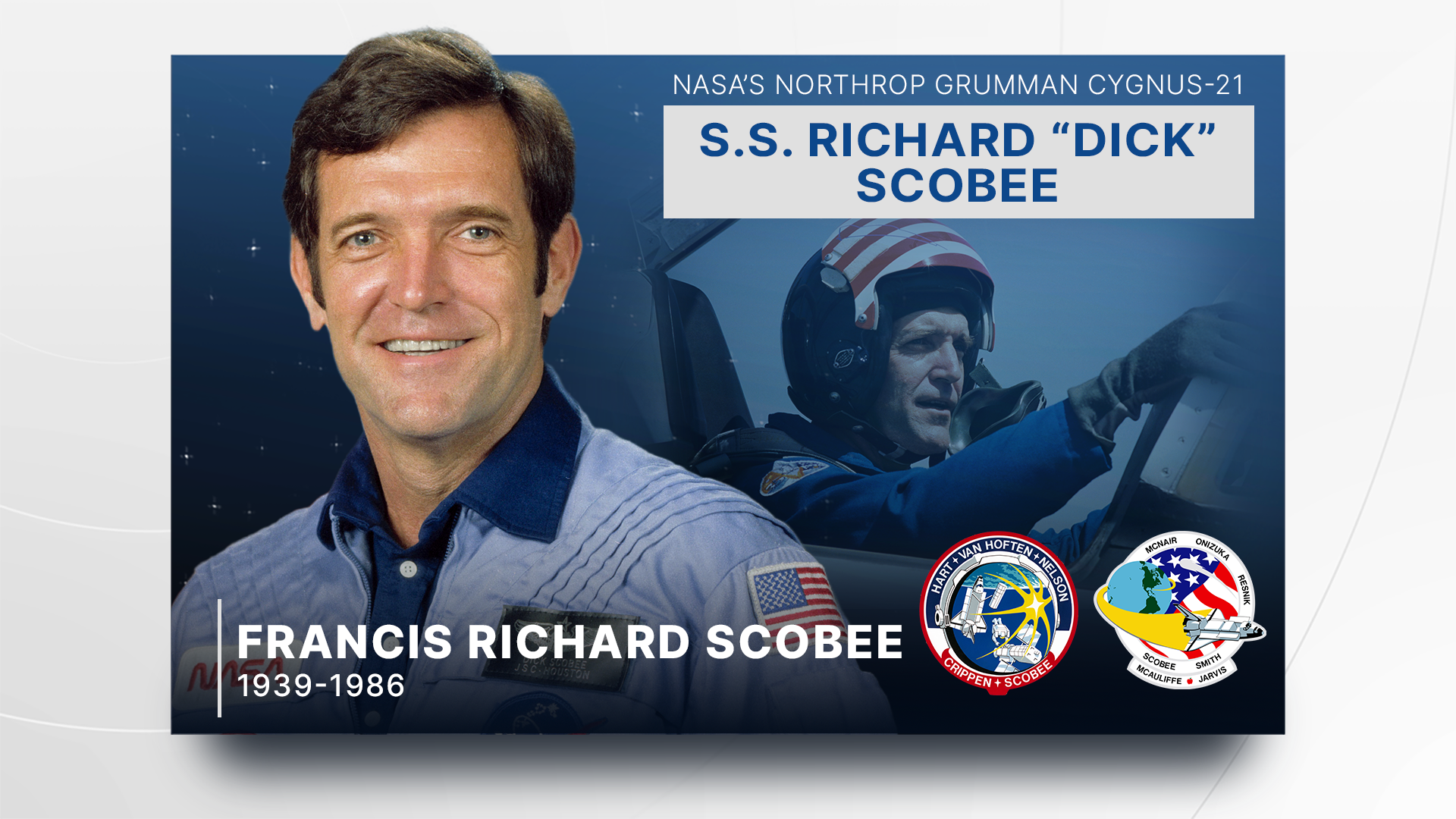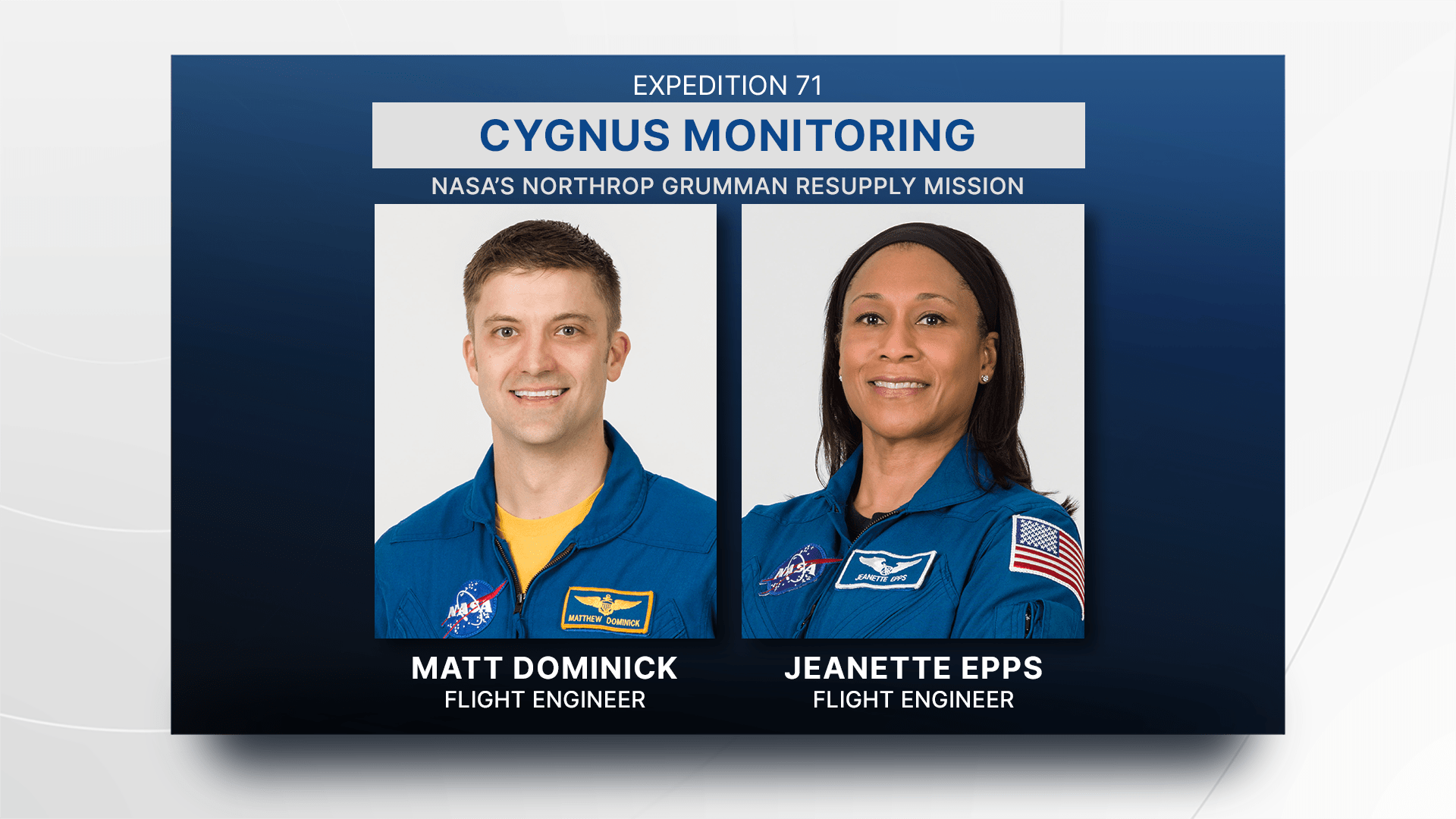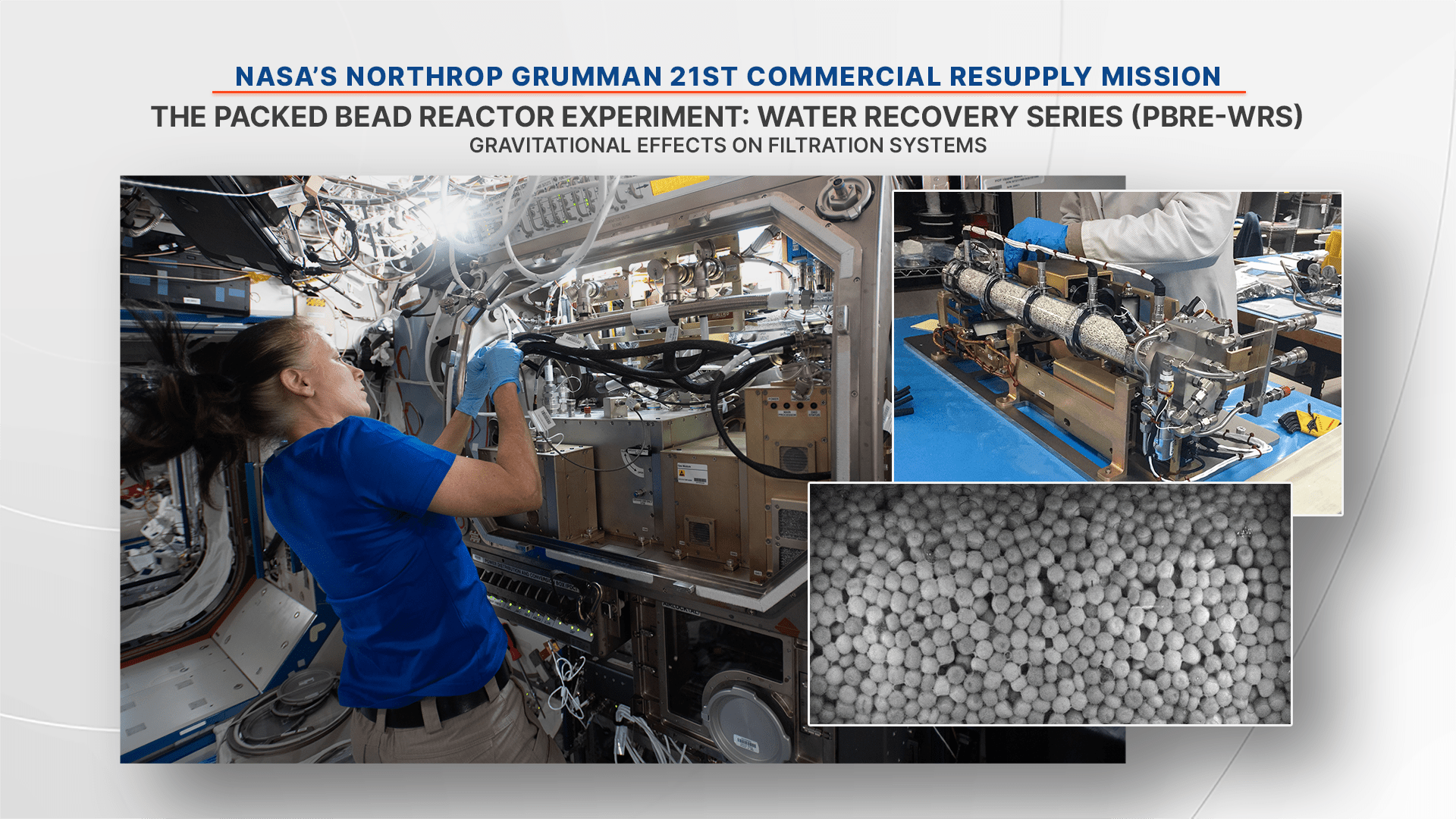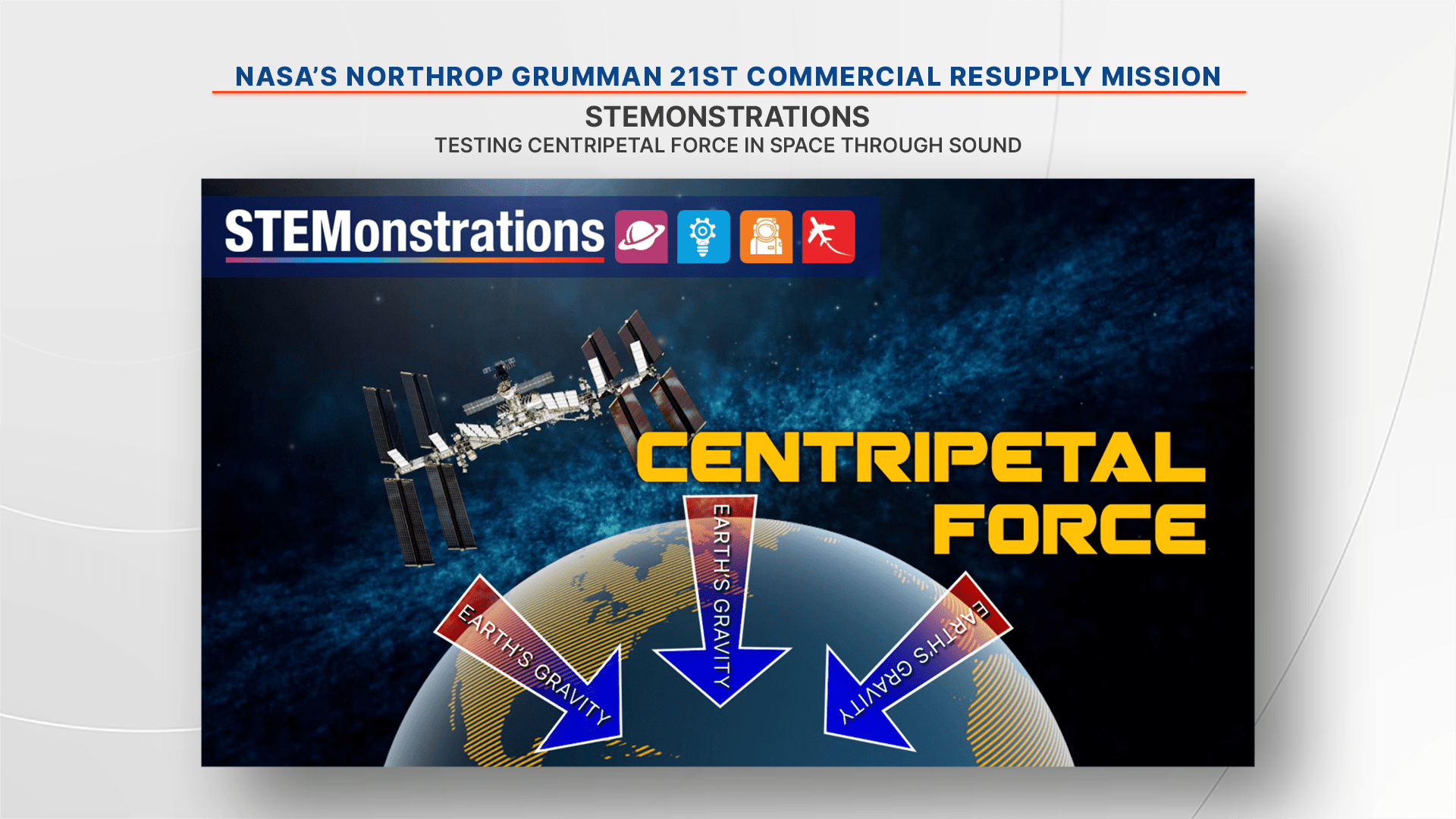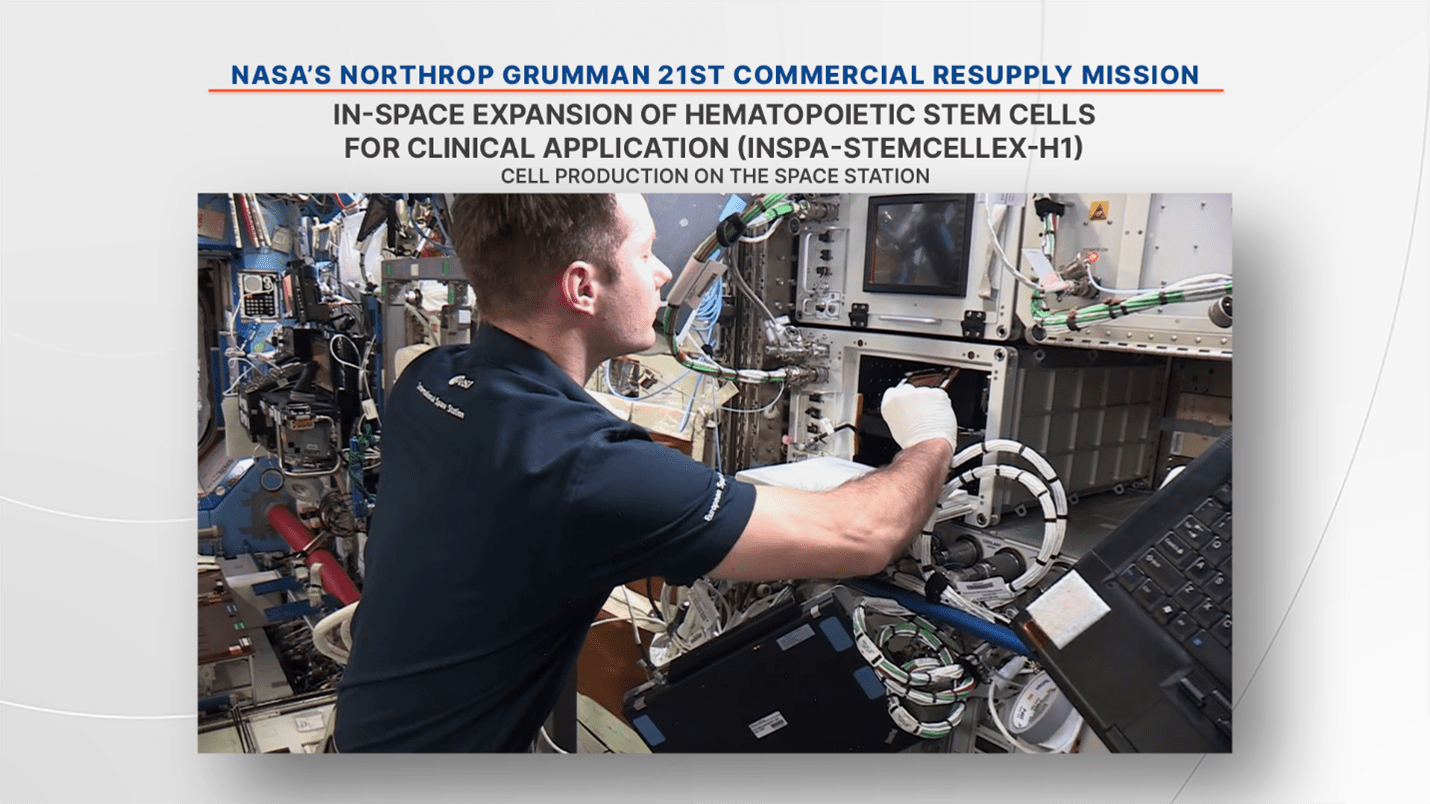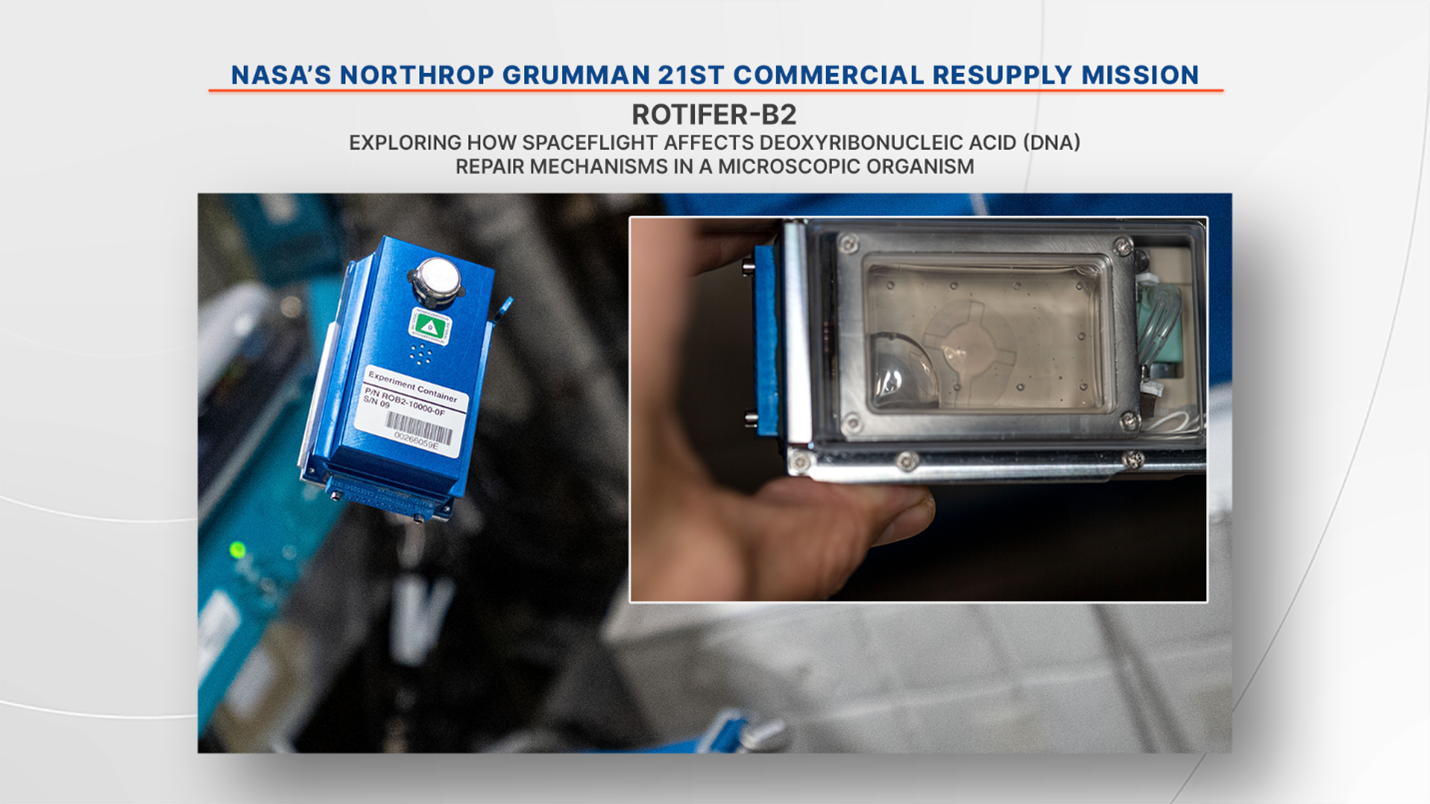Editor’s Note: This mission overview was updated on Aug. 8, 2024, to reflect a change in the list of science investigations conducted aboard the space station.
NASA, Northrop Grumman, and SpaceX are targeting no earlier than 11:29 a.m. EDT on Saturday, Aug. 3, for the next launch to deliver scientific investigations, supplies, and equipment to the International Space Station. Filled with more than 8,200 pounds of supplies, the Cygnus cargo spacecraft, carried on the SpaceX Falcon 9 rocket, will launch from Space Launch Complex 40 at Cape Canaveral Space Force Station in Florida. This launch is the 21st Northrop Grumman commercial resupply services mission to the orbital laboratory for the agency.
Live launch coverage will begin at 11:10 a.m. and stream on NASA+, NASA Television, the NASA app, YouTube, and the agency’s website. Learn how to stream NASA TV through a variety of platforms.
Learn more at: www.nasa.gov/northropgrumman
Northrop Grumman S.S. Francis R. "Dick" Scobee
Arrival & Departure
The Cygnus spacecraft will arrive at the orbiting laboratory on Monday, Aug. 5, filled with supplies, hardware, and critical materials to directly support dozens of scientific and research investigations during Expeditions 71 and 72. NASA astronaut Matthew Dominick will capture Cygnus using the station’s robotic arm, and NASA astronaut Jeanette Epps will act as backup.
After capture, the spacecraft will be installed on the Unity module’s Earth-facing port and will spend almost six months connected to the orbiting laboratory before departing in January 2025. Cygnus also provides the operational capability to reboost the station’s orbit.
Live coverage of Cygnus’ arrival will begin at 2:30 a.m. Aug. 5 on NASA+, NASA Television, the NASA app, YouTube, and the agency’s website.
Research Highlights
Scientific investigations traveling in the Cygnus spacecraft include tests of water recovery technology and a process to produce blood and immune stem cells in microgravity, studies of the effects of spaceflight on microorganism DNA, and live science demonstrations for students.
Gravitational Effects on Filtration Systems
The Packed Bed Reactor Experiment: Water Recovery Series investigates how gravity affects two-phase flow or simultaneous movement of gas and liquid through porous media. Teams will evaluate eight different test articles representing components found in the space station’s water processor or urine processor to understand two-phase flows for both liquid and gas in microgravity.
Packed bed reactors are structures that use “packing” of objects, usually pellet-like catalysts, of various shapes and materials to increase contact between different phases of fluids. These systems are used for a variety of applications such as water recovery, thermal management, and fuel cells, and the experiment develops a set of guidelines and tools to optimize their design and operation for water filtration and other systems in microgravity and on the Moon and Mars. Insights from the investigation also could lead to improvements in this technology for applications on Earth such as water purification and heating and cooling systems.
Balloon Sounds in Space
STEMonstrations, as part of NASA’s Next Gen STEM (science, technology, engineering, and mathematics) Project, are performed and recorded by astronauts on the space station. Each NASA STEMonstration illustrates a different scientific concept, such as centripetal force, and includes resources to help teachers further explore the topics with their students.
Astronauts will demonstrate centripetal force on the space station using a penny, a hexnut, and two clear balloons. The penny and the hexnut are whirled inside of the inflated balloon to compare the sounds made in a microgravity environment.
Cell Production on Station
In-Space Expansion of Hematopoietic Stem Cells for Clinical Application (InSPA-StemCellEX-H1) tests hardware to produce human hematopoietic stem cells (HSCs) in space. HSCs give rise to blood and immune cells and are used in therapies for patients with certain blood diseases, autoimmune disorders, and cancers.
Researchers use BioServe In-Space Cell Expansion Platform, a stem cell expansion bioreactor designed to expand the stem cells three hundredfold without the need to change or add new growth media.
Someone in the United States is diagnosed with a blood cancer about every three minutes. Treating patients with transplanted stem cells requires a donor-recipient match and long-term repopulation of transplanted stem cells. This investigation demonstrates whether expanding stem cells in microgravity could generate far more continuously renewing stem cells.
Spaceflight Effects on DNA
Rotifer-B2, an ESA (European Space Agency) investigation, explores how spaceflight affects DNA (deoxyribonucleic acid) repair mechanisms in a microscopic organisms called bdelloid rotifer, or Adineta vaga. These tiny but complex organisms are known for their ability to withstand harsh conditions, including radiation doses 100 times higher than human cells can survive.
Researchers culture rotifers, microorganisms that inhabit mainly freshwater aquatic environments, in an incubator facility on the space station. After exposure to microgravity conditions, the samples provide insights into how spaceflight affects the rotifer’s ability to repair sections of damaged DNA in a microgravity environment and could improve the general understanding of DNA damage and repair mechanisms for applications on Earth.
Cargo Highlights
SpaceX’s Falcon 9 rocket will launch the Northrop Grumman Cygnus spacecraft to the International Space Station.
Hardware
International Space Station Roll Out Solar Array Modification Kit 8 – This upgrade kit consists of power cables and large structural components such as a backbone, mounting brackets, and two sets of struts. This kit will support the installation of the eighth set of roll out solar arrays located on the S6 truss segment of orbiting laboratory in 2025. The new arrays are designed to augment the station’s original solar arrays which have degraded over time. The replacement solar arrays are installed on top of existing arrays to provide a net increase in power with each array generating more than 20 kilowatts of power.
Plant Habitat Environmental Control System – The environmental control system is a component of the Advanced Plant Habitat and controls the temperature, humidity, and air flow in the growth chamber. The habitat is an enclosed, fully automated plant growth facility that will conduct plant bioscience research in orbit for up to 135 days and complete at least one year of continuous operation without maintenance.
Rate Gyro Enclosure Assembly – The Rate Gyro Assembly determines the rate of angular motion of the space station. The assembly is integrated into the enclosure housing on ground to protect the hardware for launch and in-orbit storage. This unit will serve as an in-orbit spare.
European Enhanced Exploration Exercise Device & Vibration Isolation and Stabilization System (E4D VIS) Assembly Kit – This assembly kit consists of fasteners, clips, and labels to be used during the in-orbit assembly projected to be completed in mid-2025. ESA and the Danish Aerospace Company developed the E4D to address the challenge of preventing muscle and bone deterioration during long space missions. Some key features of E4D are resistive exercise, cycling ergonomic exercise, rowing, and rope pulling.
X-Y Rotation Axis Launch Configuration – This assembly consists of the X-Y-Rotational and Translational subassemblies in the flight configuration and adds the launch stabilization hardware to protect the various axes of motions for the transport to the space station. Once in orbit, the stabilizing hardware will be discarded, and the remaining assembly will then be installed into the Columbus module location with other subassemblies to provide a base for the E4D exercise device.
Pressure Control and Pump Assembly – This assembly evacuates the Distillation Assembly at startup, periodically purges non-condensable gases and water vapor, and pumps them into the Separator Plumbing Assembly as part of the Urine Processing Assembly. This unit will serve as an in-orbit spare to ensure successful urine processing operation capability without interruption.
Resupply Water Tanks – The resupply water tanks are cylindrical composite fibrewound pressure tanks that provide stored potable water for the space station.
NORS (Nitrogen/Oxygen Recharge System) Maintenance Tank/Recharge Tank Assembly, Nitrogen – The NORS Maintenance Kit is comprised of two separate assemblies: the NORS Recharge Tank Assembly and the NORS Vehicle Interface Assembly. The recharge tank assembly will be pressurized for launch with Nitrogen gas. The vehicle interface assembly will protect the recharge tank assembly for launch and stowage aboard the space station.
Tungsten Plates – A total of 14 tungsten plates will serve as the counter mass of the Vibration Isolation & Stabilization System designed to integrate with the European Enhanced Exercise Device.
Watch and Engage
Live coverage of the launch from Cape Canaveral Space Force Station will stream on NASA+, NASA Television, the NASA app, YouTube, and the agency’s website. Coverage will begin at 11:10 a.m. on Aug. 3.
Live coverage of Cygnus’ arrival at the space station will begin at 2:30 a.m. Aug. 5 on NASA+, NASA Television, the NASA app, YouTube, and the agency’s website.

